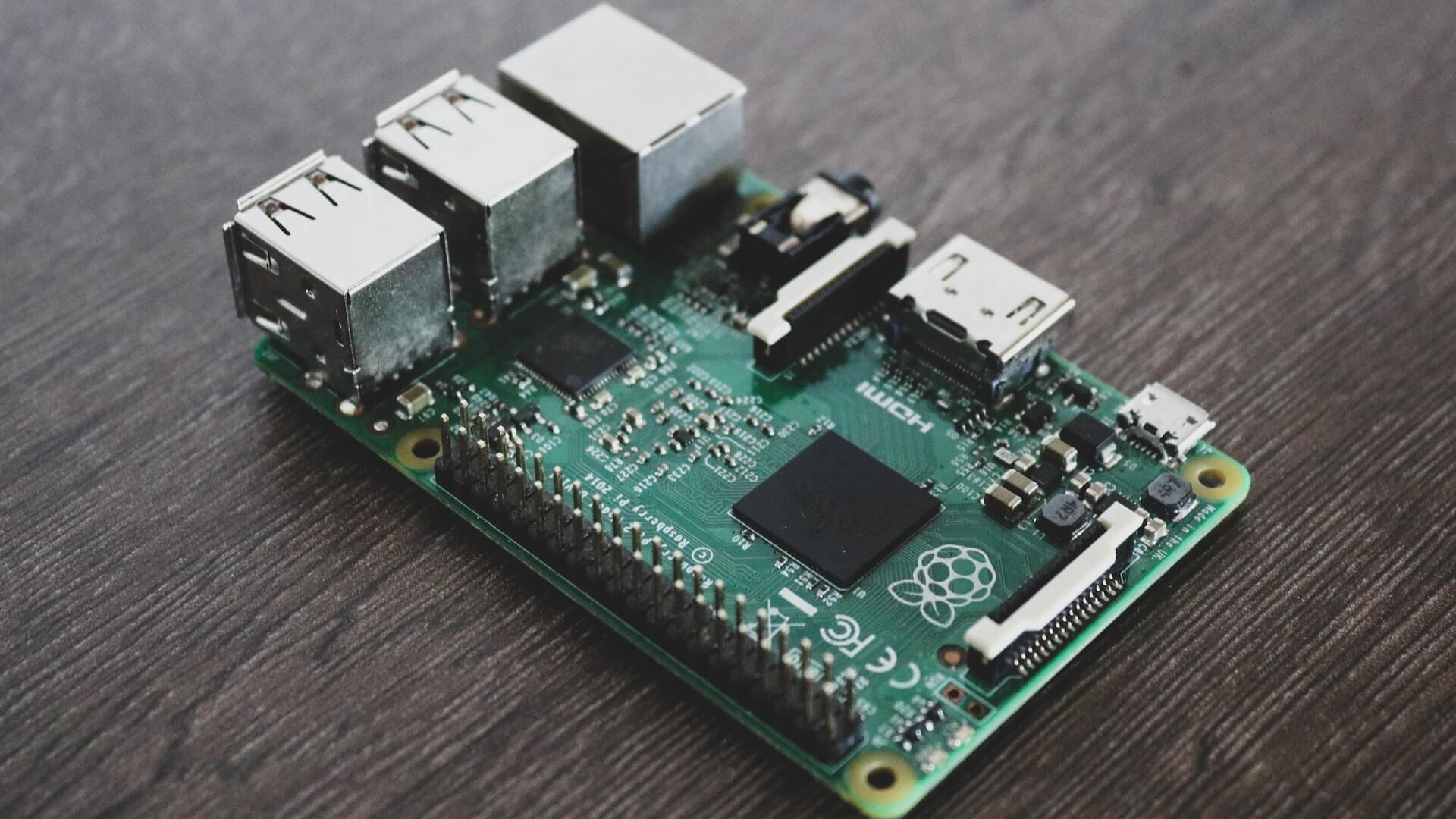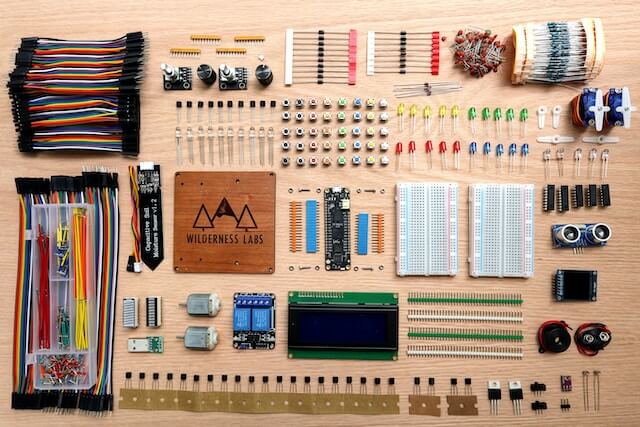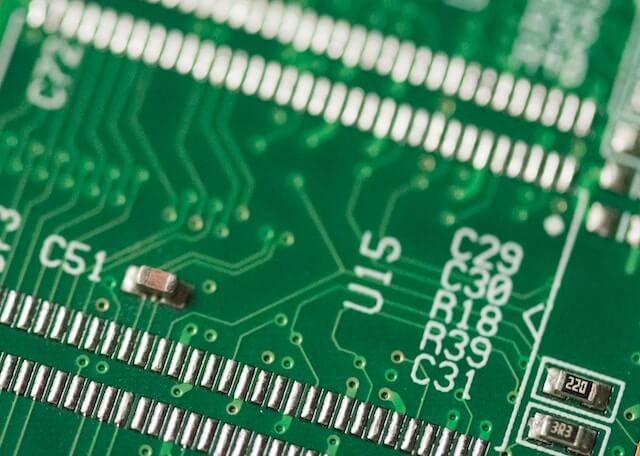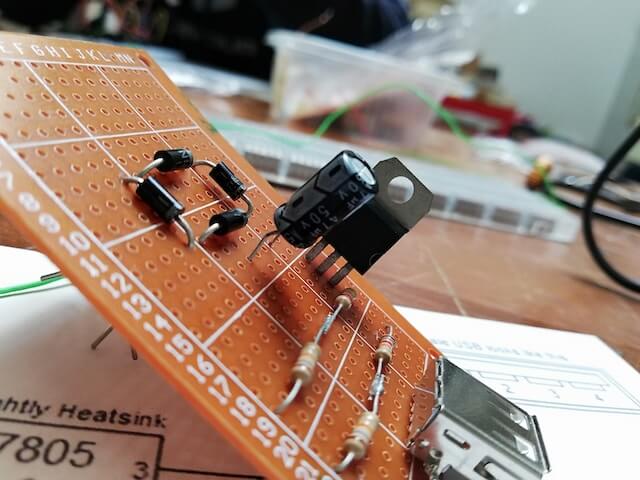
Chip refers to the technology of integrating integrated circuits (ICs) on a small chip. A chip is a tiny circuit board made of semiconductor materials such as silicon, on which a large number of electronic components, such as transistors, capacitors, resistors, etc., are integrated. These components are connected by wires and metal lines to form a complete circuit system.
The principle of chip technology
The principle of chip technology is to build complex circuit structures on semiconductor materials by means of integrated circuits, and to transform the design into an actual chip through the manufacturing process. The design, manufacturing and functional realization of the chip are interrelated and together realize the principle and application of chip technology, which can be roughly divided into the following aspects:

1, the principle of integrated circuits: the chip is realized by means of integrated circuits. Integrated circuits are circuits in which multiple electronic components (such as transistors, capacitors, resistors, etc.) are integrated on the same chip. These components are connected together by metal lines and wires to form a complete circuit system. The principle of integrated circuit is to build a complex circuit structure on a chip to achieve different functions by controlling the flow of current and voltage.
2, the principle of semiconductor materials: the chip is made using semiconductor materials, usually silicon. Semiconductor materials are characterized by the ability to both conduct and insulate under specific conditions. This characteristic is achieved by doping the semiconductor material with impurities and controlling the structure of the material. Doping with different types of impurities can form P-type and N-type semiconductors, through this P-N structure can achieve a variety of functions, such as transistor amplification, switching and storage.
3、Manufacturing process principle: the manufacturing process of the chip is very complex. It mainly includes the steps of deposition, lithography, etching, cleaning, etc. In the deposition step, layers of material are deposited on the chip through chemical reactions. In the photolithography step, the circuit pattern is projected onto the chip surface using photoresist and a photolithograph. In the etching step, chemicals are used to etch away unwanted materials to form the circuit structure. Finally, in the cleaning step, residues are removed to make the chip surface clean.

4、Design principle: The design of the chip is the core of the whole chip technology. The designer uses computer-aided design software for the design of the chip circuit according to the needs and functional requirements. The design process requires consideration of the circuit's function, performance, power consumption, layout and other factors, and simulation and verification. After the design is completed, the design file is converted into a mask drawing required for manufacturing and is fabricated.
Application of chip technology
In the computer field, chips are the core components of computers, including central processing units (CPUs), graphics processors (GPUs), memory chips, etc. In the field of communication, chips are widely used in mobile communication, wireless network, satellite communication and other devices. In the field of consumer electronics, chips are used in smartphones, tablet PCs, digital cameras and other products. In addition, chip technology is also used in automotive electronics, medical equipment, industrial automation and other fields, providing strong support for the development of various industries.

Future prospects of chip technology
With the rapid development of emerging technologies such as artificial intelligence, Internet of Things and 5G, the demand for chips will become more urgent. People's demand for high-performance, low-power and small-size chips is increasing. In order to meet these needs, chip technology will further develop. First, manufacturing processes will continue to advance, and the integration of chips will be further improved and their performance will become more powerful. Second, the development of new materials will drive innovation in chips, such as carbon nanotube technology, quantum technology, etc.. In addition, the application fields of chips will be further expanded, involving artificial intelligence, machine learning, virtual reality and other fields.
